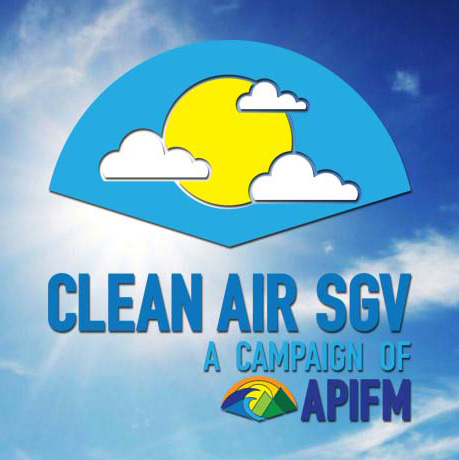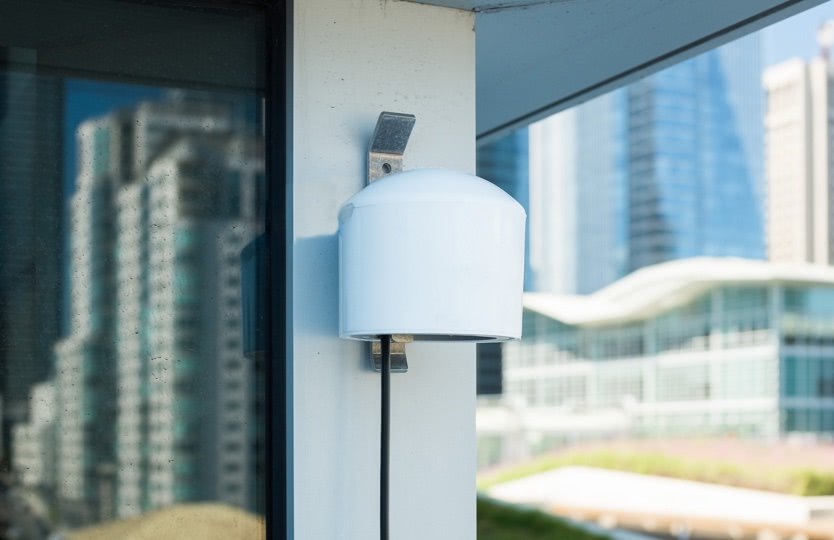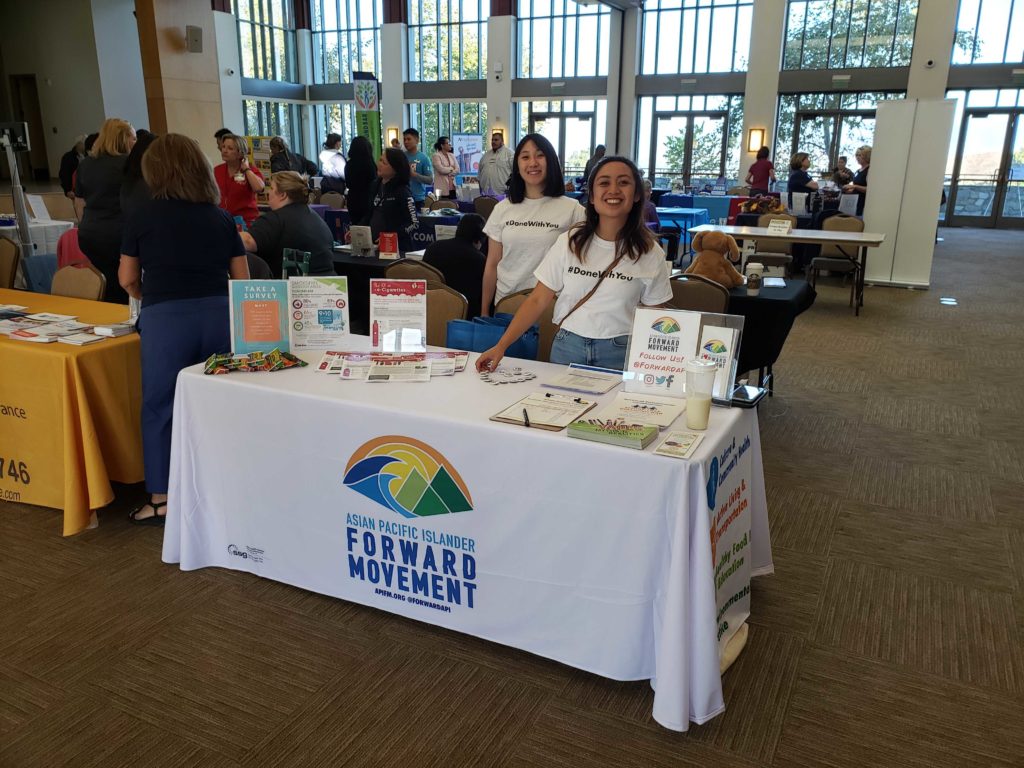Clean Air SGV
There are over 50 schools in the San Gabriel Valley located closer than the recommended 500 feet to a major roadway or freeway.
If you’d like to find out more about our air quality and advocate for projects that promote clean air, please join the Sustainable SGV Coalition
If you’d like to find out more about our air quality and advocate for projects that promote clean air, please join the Sustainable SGV Coalition
What We Do
#CleanAirSGV aims to educate, engage, and empower local Alhambra and Monterey Park residents about air quality issues impacting the communities’ health.
Our campaign seeks to:
- Educate community members about air quality issues
- Collect local air pollution data utilizing low-cost air sensors
- Organize local residents to improve local air quality policies


We Need Your Help to Monitor Air!
APIFM wants to understand air quality in Alhambra and Monterey Park
If you live in the highlighted parts of the following map: SB 535 Disadvantaged Communities | OEHHA (ca.gov), you may be eligible to participate in our air monitoring study!
As part of the study, you will receive an air monitor inside and outside your home. You will also receive a $500 stipend to participate in our study!
If you would like to learn more, please reach out to sustainablesgv@apifm.org
Sustainable SGV Coalition
APIFM partners with the Sustainable SGV Coalition, a group of community leaders passionate about improving our community, to conduct research, increase awareness and take action to focus on air, water, climate, and land in the West SGV.
If interested in advocating for projects to promote clean air, join the coalition mailing list!
If interested in advocating for projects to promote clean air, join the coalition mailing list!


Tobacco Prevention
APIFM’s tobacco prevention team aims to change social norms around tobacco use. API communities are not only among the populations most impacted by tobacco use but are among those most vulnerable to early adoption behaviors. Tobacco use is highly ingrained in API communities, where it is considered socially and culturally acceptable. Since 2019, SSG/APIFM has participated in health policy and prevention efforts to address tobacco use and secondhand smoke.
Air Quality Research
- Watanabe, W., Choy, E., Boerboom, S., Cohen, E., Ranheim, E., Mendell, C., and Solis, B. M. (2019). PM 2.5 air quality trends at Mark Keppel High School. Roberts Environmental Center. https://rec.cmc.edu/2020/02/21/mark-keppel-high-school-air-quality-report-2/
- Mousavi, A., and Wu, J. (2021). Spatial and temporal PM2.5 trends in Alhambra and Monterey Park: Application of purple air sensor network for Asian Pacific Islander Forward Movement. APIFM. https://apifm.org/wp-content/uploads/2022/03/2021-Spatial-and-Temporal-PM2.5-Trends-in-Alhambra-and-Monterey-Park-Application-of-APIFMs-Purple-Air-Sensor-Network.pdfwww.apifm.org/cleanairsgv.
Learn More with our Resources
Make a difference in your local air quality today!
Sign our pledge card and join the movement for #cleanairsgv







